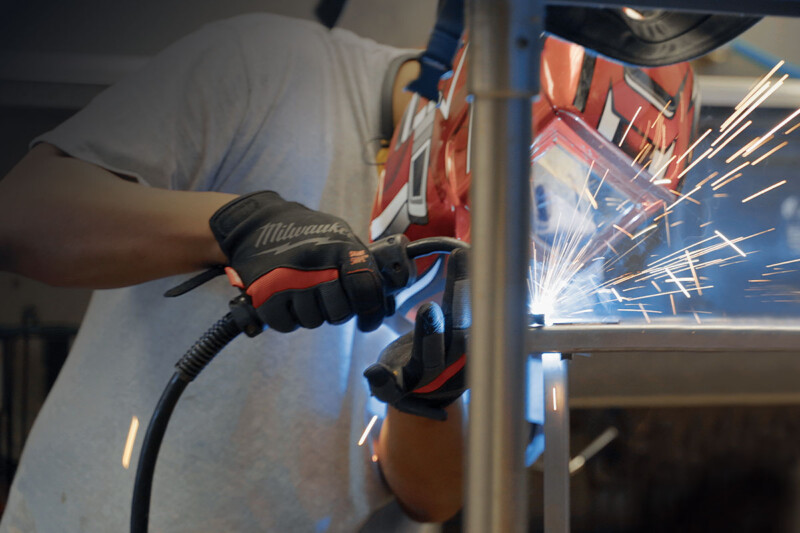Today’s connectionless steamers may be more efficient and easier to use than traditional boiler-based units, but don’t be fooled into thinking their upkeep is less important. That could be a costly mistake.
Consider the large operator on Hilton Head Island, S.C., who bought and discarded model after model, spending a small fortune as each brand and type of connectionless steamer quickly succumbed to a premature death. “They were spending $8,000 to $12,000 a pop and swapping out units every two years,” recalls Larry Crawford, service manager with Whaley Foodservice Repairs in Columbia, S.C. (now a division of PT Holdings). “They thought they were buying the wrong brands.”
The problem, of course, wasn’t the brands. It was the operator’s failure to do the small daily tasks that wore out the steamers well before their time.
Despite the widespread use of connectionless steamers among chains, many operators are lagging in knowledge of how to keep these seemingly easier-to-use units maintained properly. Some are skipping maintenance procedures they thought went away with their boiler-based units, Crawford says, and it leads to the same breakdown scenarios all steamers can be subject to if not kept up.
The Tap Isn’t Your Steamer’s Friend
The differences between connectionless and traditional steamers basically boil down to this: Connectionless units do away with a boiler and dedicated water lines, and instead employ open heating elements and refillable water reservoirs.
First, Crawford says, operators have to pay close attention to those reservoirs. “The water vessel has to be cleaned virtually every day. You have to invest in training to have this done consistently,” he says. The reason: Scale buildup remains the main culprit in reducing cooking performance, energy efficiency and the unit’s integrity.
That buildup is caused by mineral solids, deposits that are left behind when water boils to steam. And units with heating elements in direct contact with hard water naturally fall prey to deposit buildup faster than units with sealed heating elements.
So de-liming the reservoir is a key procedure for connectionless units, Crawford says. Removing the water reservoir, adding the cleaning solution for a soak and then flushing is the way to go.
Tackle those open heating elements, too, if your unit has them. They need to be flushed and soaked with a scale-inhibiting solution. Lime-scale buildup on heating elements acts as an insulator so the elements have to work harder to reach the temperatures needed to steam efficiently.
Fortunately, one advantage of connectionless units is that their open design allows operators to visually inspect for scale buildup and deposits.
Try Cleaner Water
Keeping the insides clean is one thing, but Crawford says operators also need to be wary of what they pour inside their units in the first place. Most operators have filtered and treated water for beverage machines, but some overlook the importance of using filtered water for their steamers, he notes.
One approach is to locate steamers closer to filtered water access so it’ll be easier for your staff to carry filtered water over for manual filling. “It’s not going to solve all the problems, but it’ll make cleaning less of an issue,” he says. (Another option is to look at boiler-free units that offer hookups to a source of filtered water.)
Save Your Gaskets
All steamers rely on solid gaskets and doors to maintain a tight seal and optimized cooking capability. Crawford says gaskets on these units are simple and relatively inexpensive components to replace. Even so, there’s an easy way to keep gasket replacement costs to a minimum.
“When the steamer’s not in use, leave the door ajar,” he advises. “It keeps the gasket from forming a memory [with the door], which can lead to leaks later on.” A lot of people close steamer doors because they think it looks nice, he says, and that’s not useful for the long term.
Copyright FER December 2011
RELATED CONTENT
- Advertisement -
- Advertisement -
- Advertisement -
TRENDING NOW
- Advertisement -
- Advertisement -
- Advertisement -


